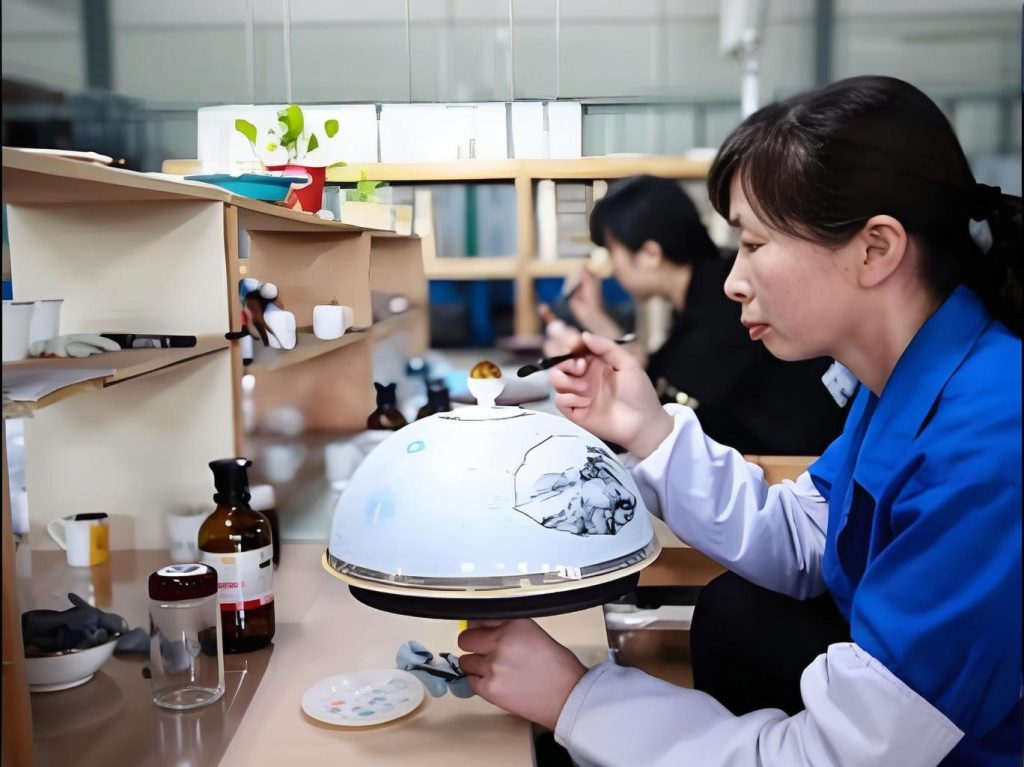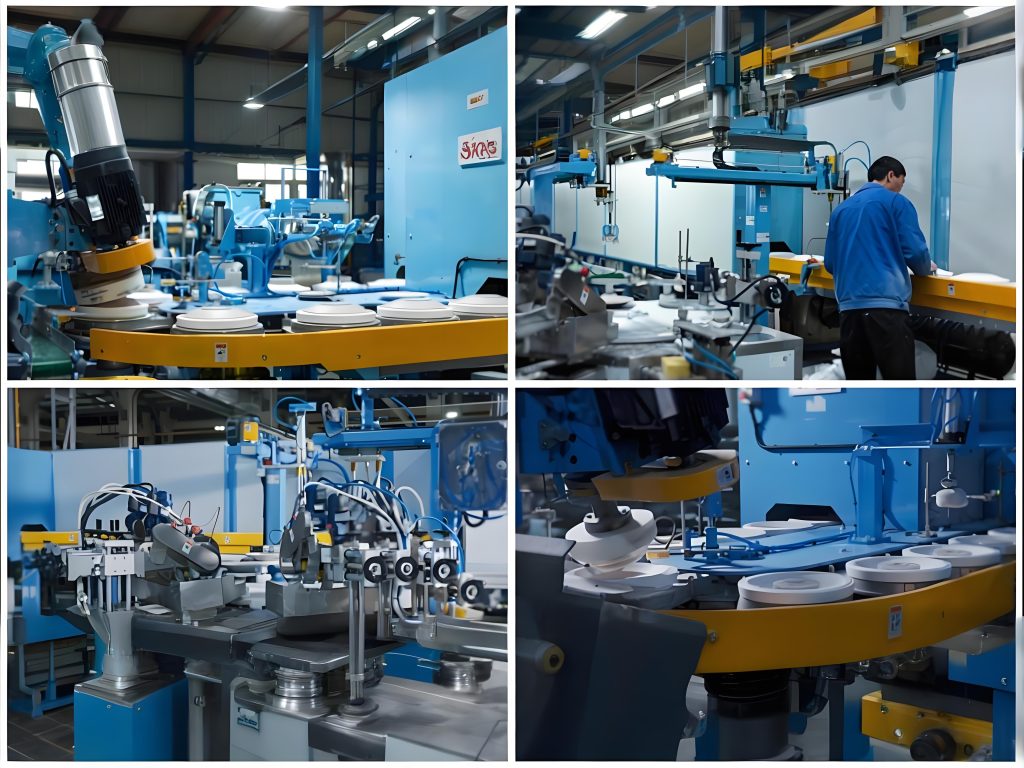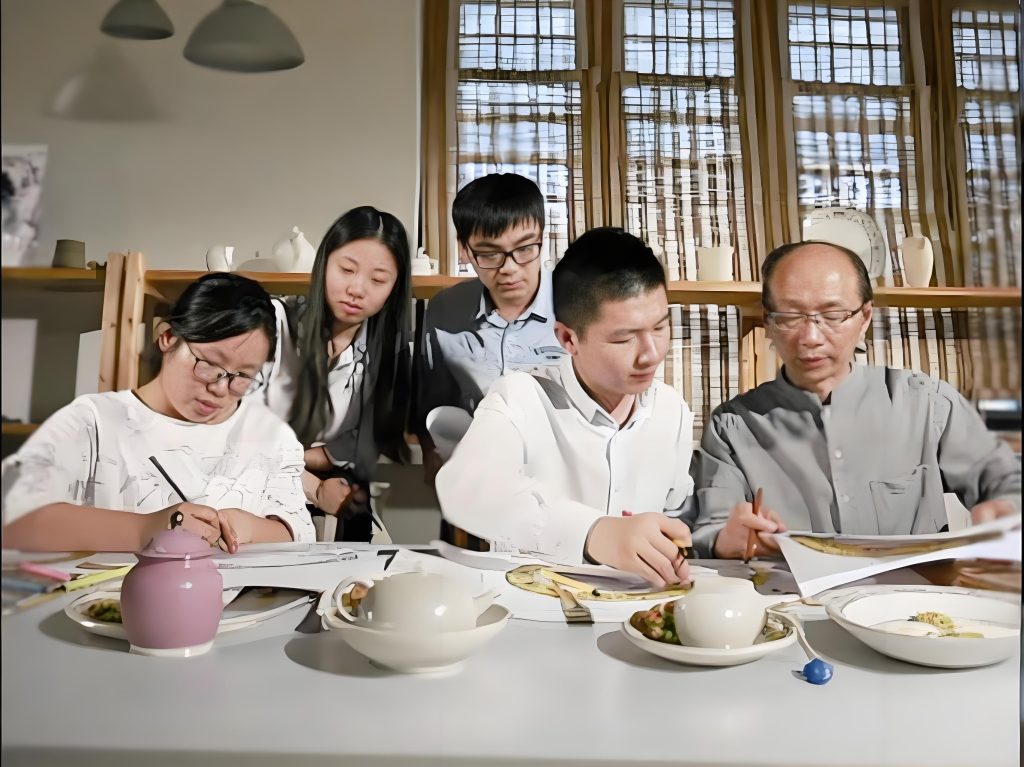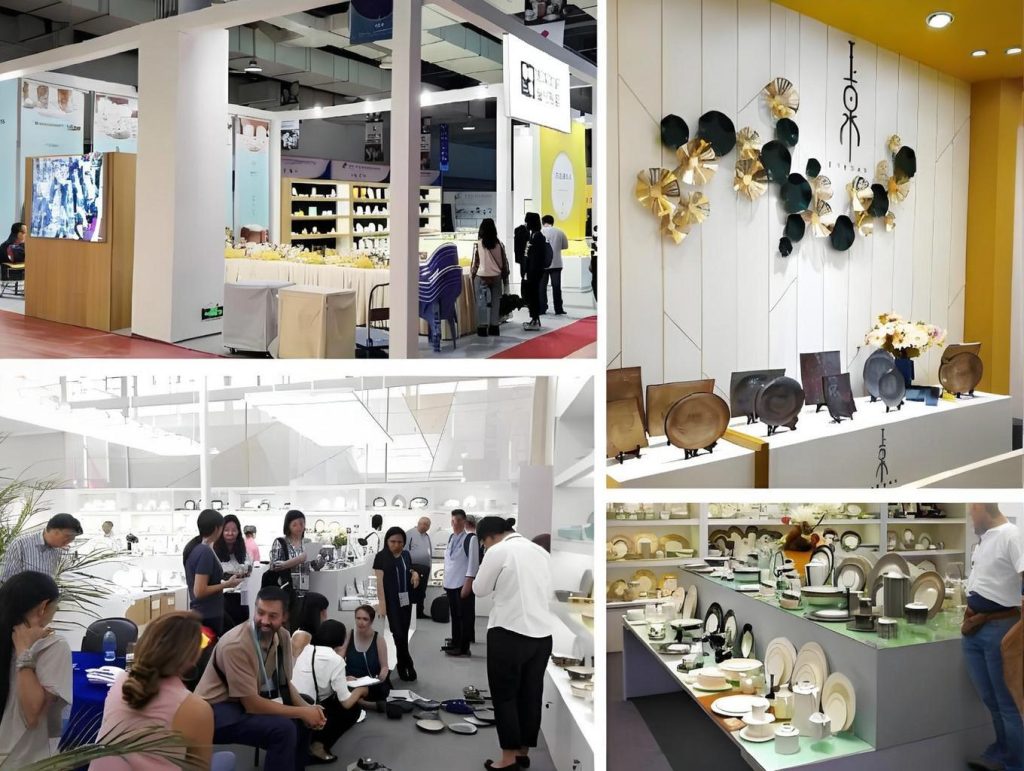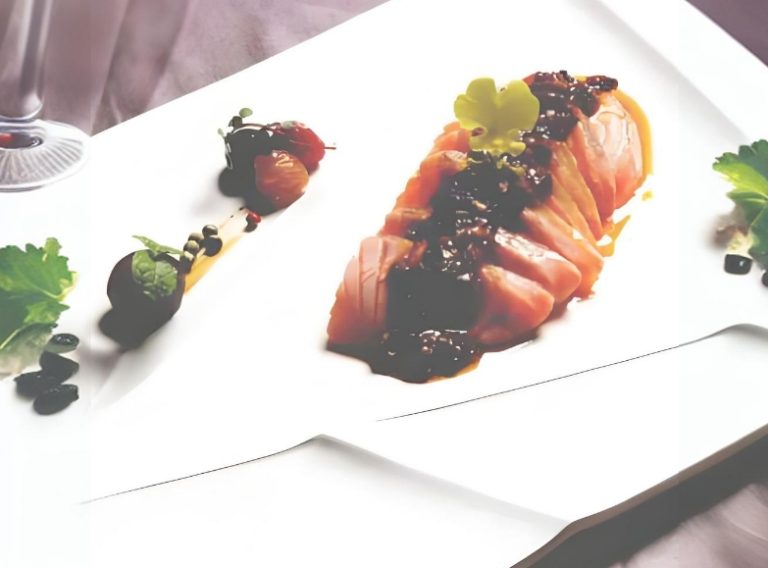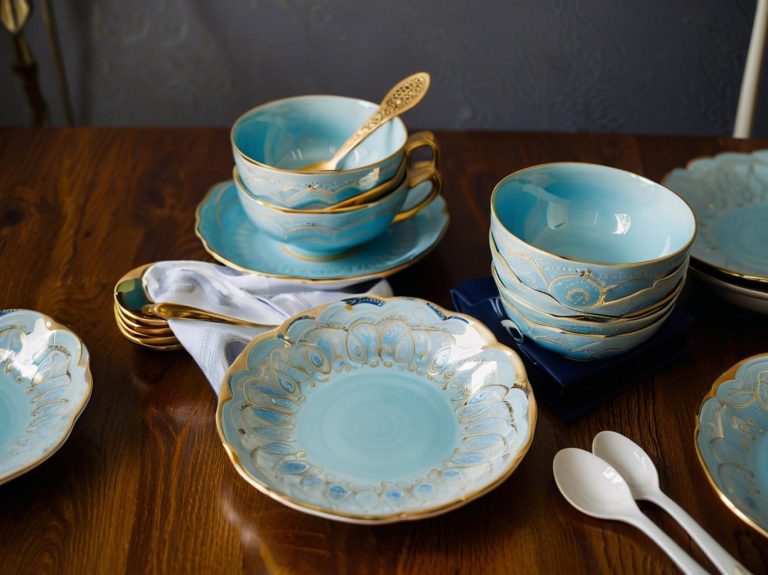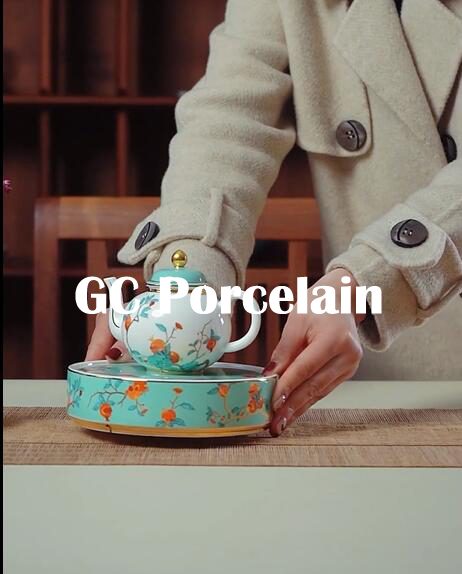Behind Hospital Tableware: Those Overlooked Warm Details
When Plastic Forks Meet Human Touch
Ever thought about your feelings facing that plastic meal tray while lying in a hospital bed? Recently browsing Quora and Reddit, I saw many hospital tableware discussions. Suddenly discovered this seemingly ordinary topic hides so many unknown stories.
One Reddit user who stayed in a psychiatric ward described: “They only gave us plastic utensils. Couldn’t even use metal forks. But honestly, that feeling of being cared for… pretty complex.” This sentence made me think. Hospital tableware choices were never just about easy cleaning.
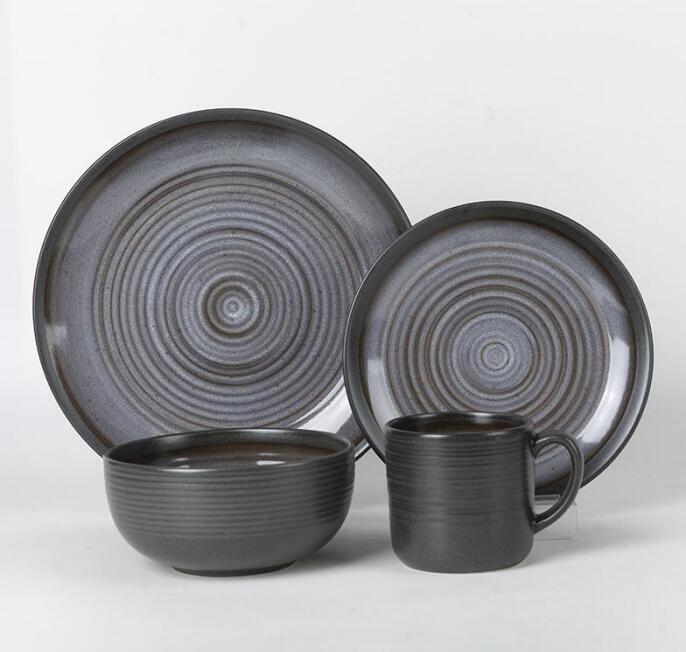
Safety First, But What About Warmth?
Plastic vs Ceramic: A Contest Without Losers
On Quora, one question got really hot: “How do psychiatric hospital cafeterias operate? What tableware do they use?” One participant shared their experience. Apparently in different security-level wards, tableware choices completely differ. High-risk areas only allow heavy polycarbonate utensils. In recovery zones, patients can already enjoy “real” stainless steel forks.
But here’s an interesting phenomenon. Many hospitals now reconsider ceramic tableware’s value. One Reddit nurse mentioned: “Our hospital gives patients real porcelain plates and stainless steel utensils. Guess what? Patients’ dining experiences noticeably improved.”
Indeed true. When you hold a weighted ceramic bowl instead of a flimsy plastic box, that feeling of being respected and taken seriously differs. This reminded me of tableware manufacturers’ current challenge. How to find balance between safety and humanization.
Psychology Hidden Behind Tableware
Why Do Some Patients Refuse Plastic Utensils?
One user on Reddit shared a detail. His roommate was vegetarian but frequently received wrong meals. What upset her more was the hospital insisted on disposable utensils. “Feels like feeding a little kid.”
This observation is quite interesting. Tableware material and form actually subtly transmit messages. Metal utensils represent trust and respect. Ceramic tableware symbolizes home warmth. And plastic utensils… well, though practical, always make people feel specially treated.
I remember reading research saying using heavier utensils makes people feel food has more texture. This isn’t psychological effect. This is real sensory experience.
Reality’s Compromises and Innovations
Cost, Safety, Experience—Triangle Balancing Act
Reddit doctors’ discussions are more direct. One doctor said: “Our hospital staff cafeteria food is great. But what patients get… uh, that’s another story.” Another reply was more painful: “Patient meal trays look like airplane meals. Economy class ones.”
But exceptions exist. Phoenix Children’s Hospital became famous in doctor circles for “Mongolian grill, brick oven pizza, and best brownies I’ve ever eaten.” What’s key? They’re willing to invest in dining experience. Including tableware.
Current innovation directions are quite interesting:
- Degradable but sturdy new material utensils
- Ceramic-looking but actually safe plastic imitation porcelain tableware
- Appropriately weighted alloy utensils, both safe and textured
Neglected Voices
When Medical Staff Themselves Complain
What impressed me most was even medical staff themselves complain about hospital tableware. One nurse said: “We eat the same food as patients. Use same utensils. Honestly, sometimes even we don’t want eating at the hospital.”
This exposes a problem. If even people working daily at hospitals are dissatisfied with tableware and food, patients’ feelings are imaginable.
But positive examples exist too. One user mentioned Frankfurt University Hospital in Germany: “Three main dish choices (3-6 euros). Always one vegetarian option. Salad bar and desserts 2 euros each.” Key point: they used tableware identical to outside restaurants.
Those Heartwarming Details
The story that moved me most: One hospital started letting patients order from menus instead of passively accepting. They also provided same quality tableware as staff cafeteria. Result? Patient complaints decreased. Satisfaction improved. Even recovery speed improved.
Turns out a simple ceramic plate, a weighted fork, transmits not just “we trust you.” More importantly “we treat you as a complete person.”
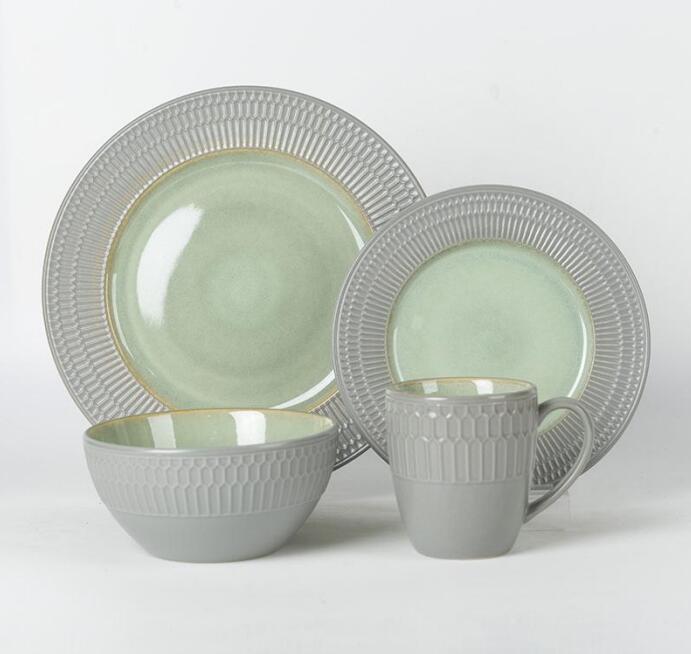
Final Words: Humanistic Care in Tableware
Hospital tableware topic superficially discusses materials, safety, costs. But essentially reflects how we view patient dignity and experience.
Plastic utensils have their necessity. Ceramic tableware has its warmth. Metal utensils have their sense of trust. The key isn’t what material to choose. It’s whether hospitals are willing to put more thought into these “small matters.”
After all, when a person is most vulnerable, a warm ceramic bowl might convey hope better than any medicine. This isn’t pretentious. This is humanity.
Perhaps next time passing a hospital, you’ll pay more attention to those seemingly ordinary utensils. They carry far more than we imagine.
If you have any questions or need to custom dinnerware service, please contact our Email:info@gcporcelain.com for the most thoughtful support!

